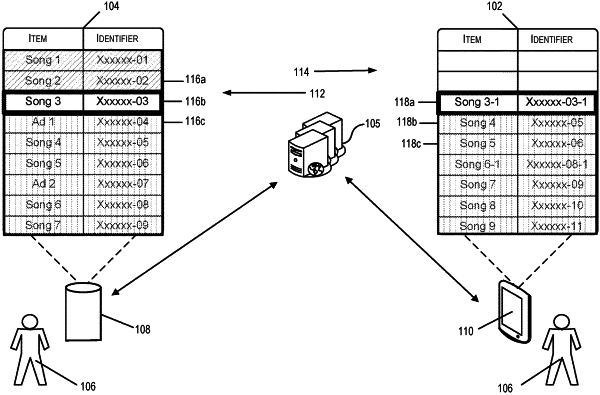| CPC G06F 21/6218 (2013.01) [G06F 16/637 (2019.01); G06F 16/639 (2019.01); G06F 2221/2141 (2013.01)] | 20 Claims |

|
1. One or more non-transitory computer-readable media comprising computer-executable instructions that, when executed by one or more processors of a computer system, cause the computer system to perform operations comprising:
receiving a request to move playback of a music queue from a first user device to a second user device, the music queue comprising a first set of music tracks including a current music track that is currently playing on the first user device when the request to move playback of the music queue is received;
requesting user device information from the second user device;
evaluating a set of move criteria using: (i) a playback context associated with the first user device, (ii) a user profile associated with the first user device and the second user device, (iii) the user device information associated with the second user device, or (iv) a level of access constraints associated with a library of music tracks comprising the first set of music tracks;
in accordance with a first portion of the set of move criteria being satisfied and based on differences in playback capabilities between the first user device and the second user device, regenerating the music queue to define a regenerated music queue for playback at the second user device and instructing the second user device to resume playback of the regenerated music queue based on the current music track, the regenerated music queue comprising at least some of the first set of music tracks including the current music track; and
in accordance with a second portion of the set of move criteria being satisfied, generating a new music queue and instructing the second user device to begin playback of the new music queue based on a new track that is distinct from the current music track, the new music queue comprising a second set of music tracks that is distinct from the first set of music tracks.
|